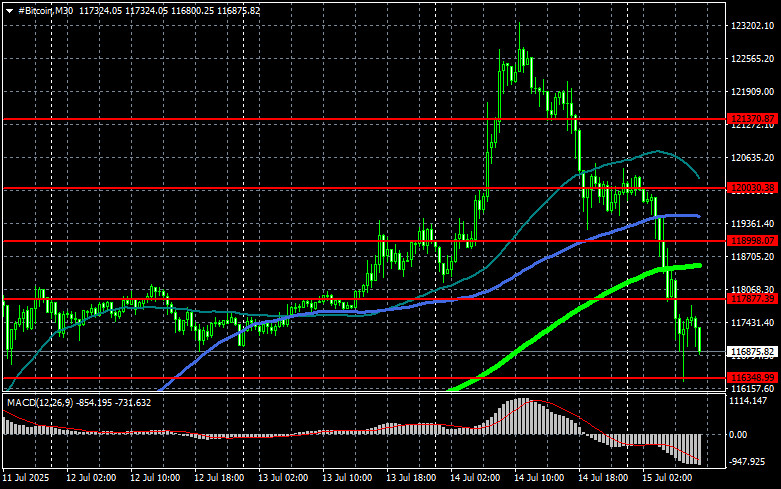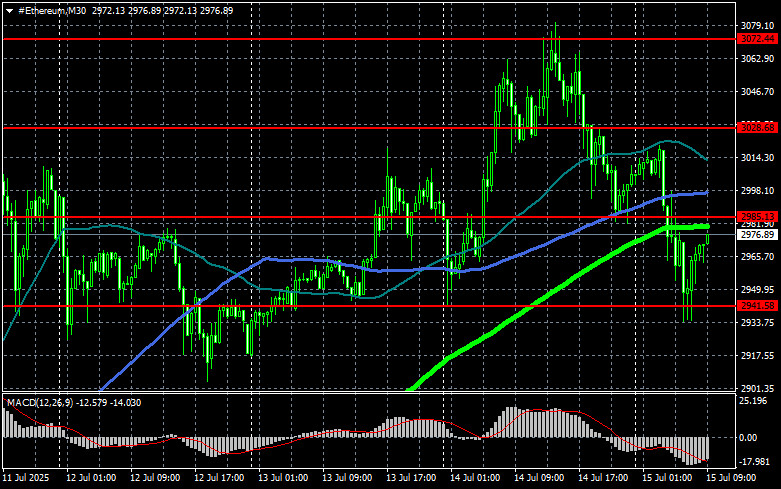While Bitcoin and Ethereum are undergoing a correction and doing so rather effectively, lawmakers and cryptocurrency advocates in the United States are preparing for one of the most important weeks for digital asset legislation. This week may conclude with the stablecoin bill landing on President Donald Trump's desk by Friday.
During the event known as Crypto Week, the House of Representatives will review the document titled The Guiding and Establishing National Innovation for US Stablecoins Act (GENIUS), as well as The Digital Asset Market Clarity Act. The review of GENIUS underscores Congress's intention to create a clear regulatory framework for stablecoins, which play an increasingly important role in the digital economy. The act aims to ensure the protection of consumers and investors and to prevent the use of stablecoins for illegal activities.
The GENIUS bill, already passed by the Senate, will require full backing of stablecoins with US dollars or equivalent liquid assets. It will mandate an annual audit for issuers with a market capitalization above $50 billion and will establish rules for foreign issuances.
Meanwhile, the Clarity bill takes a comprehensive approach to cryptocurrencies and will create a clear legal and regulatory framework, particularly by defining oversight procedures by the US Securities and Exchange Commission and the Commodity Futures Trading Commission. The bill also requires companies working with digital assets to disclose retail financial information and separate corporate and client funds. The Digital Asset Market Clarity Act is aimed at increasing transparency and accountability in the cryptocurrency market as a whole.
Both bills have attracted wide interest and discussion within the crypto community. Supporters believe they will help legitimize the industry and attract institutional investors. Opponents fear that excessive regulation could stifle innovation and limit the development of new technologies. Regardless of the outcome of the vote, the House's consideration of these bills reflects growing recognition of cryptocurrencies as an important element of the modern financial system.
According to expert expectations, the Clarity bill will be passed on Wednesday, and the GENIUS bill on Thursday. The House Rules Committee will make a decision later on Monday regarding the timing and whether amendments will be introduced, but the core content of the bills is unlikely to change significantly.
The crypto advocacy group Cedar Innovation Foundation stated that it views the Clarity Act as the most important vote members of Congress will take this year. The group said in a statement that they could no longer afford a patchwork of century-old rules intended to protect consumers and regulate the foundational technologies of today. It is time for clear and responsible rules for cryptocurrencies that will protect consumers, create opportunities for American developers, and generate good jobs at home.
Trading Recommendations:
As for the technical outlook for Bitcoin, buyers are currently aiming to reclaim the $117,800 level, which opens a direct path to $118,900, with $120,000 just within reach. The furthest target would be the high around $121,300, the breakout of which would signal a strengthening bull market. In the event of a decline, buyers are expected at the $116,300 level. A return of the instrument below this area could quickly push BTC down to around $114,900. The furthest target would be the $113,600 area.
As for the technical outlook for Ethereum, a clear consolidation above the $2,985 level opens a direct path to $3,028. The furthest target would be the high around $3,072, the breakout of which would indicate renewed buyer interest. In the event of a decline, buyers are expected at the $2,941 level. A return of the instrument below this area could quickly push ETH down to around $2,894. The furthest target would be the $2,857 area.
What is on the chart:
- Red color: support and resistance levels from which either a pause or active price growth is expected;
- Green color: 50-day moving average;
- Blue color: 100-day moving average;
- Light green color: 200-day moving average.
A price intersection or test of moving averages typically halts or sets the market's impulse.














